Share the post "Crabbing in Texas (Places, Times and Regulations)"
A popular shellfish that’s moist and sweet, crabs are worth catching. Crabbing is popular in Texas, which borders the Gulf Coast. Your best place is to stop by coastal beaches.
One of the best places in Texas to go crabbing is Sabine Pass. You need to have a license and some fresh fish for bait.
We will look at the other best places and tips on making the most of your day crabbing. You must adhere to some regulations, so ensure you’re not caught!
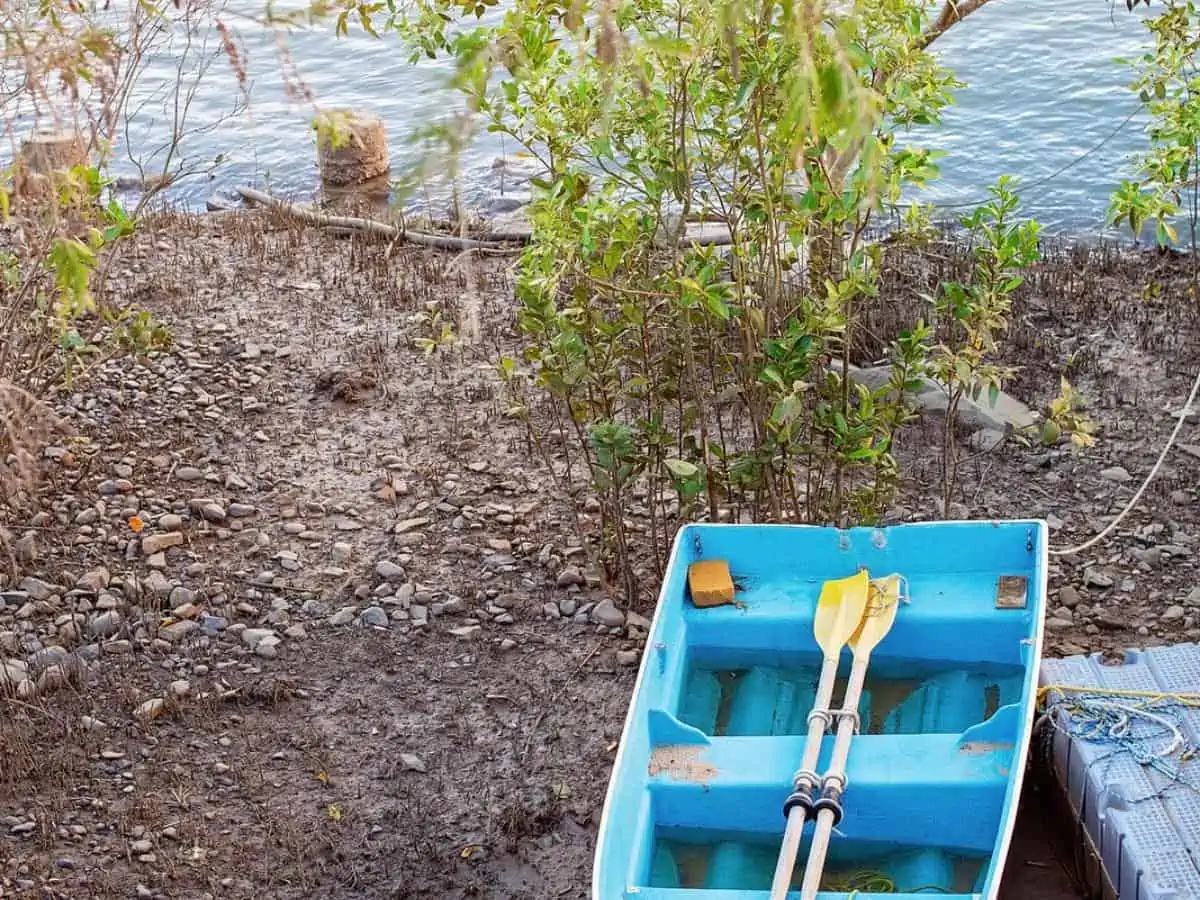
Best Places to Go Crabbing in Texas
The best places to find crabs in Texas are near any body of water near the coast, including bodies of saltwater, canals, and drainage ditches.
Some specific locations for crabbing are;
- Sabine Pass near the Sabine River in Port Arthur
- Seawolf Park in Galveston at Pelican Island
- Texas City Dike at Texas City
- Dickinson Bayou, the San Luis Pass
- Cold Pass strait
- Surfside Crabbing Pier at Surfside Beach
However, knowing the right kind of supplies to have is crucial for the ultimate crabbing experience.
Best Times of Year To Go Crabbing
Crabbing in Texas has different seasons that offer various opportunities to catch various types of crabs. The following table outlines the best times of the year to go crabbing in Texas, focusing on the most commonly sought-after crab species:
| Crab Species | Best Time to Crab | Notes |
|---|---|---|
| Blue Crab | Late Spring to Early Fall (May-Oct) | Peak season is typically in warmer months. |
| Stone Crab | Mid Fall to Early Spring (Oct-Apr) | Claw harvesting season; body is usually returned to water. |
| Fiddler Crab | Late Spring to Early Fall (May-Oct) | Best caught during low tides. |
| Hermit Crab | Year-Round | More active and visible in warmer months. |
| Ghost Crab | Late Spring to Early Fall (May-Oct) | Nocturnal; best caught at night. |
| Horseshoe Crab | Spring (March-May) | Spawning season; visible on beaches. |
| Speckled Crab | Late Spring to Early Fall (May-Oct) | Found in deeper waters; best during warmer months. |
These times can vary based on specific weather patterns, water temperatures, and ecological factors each year. Check local regulations and guidelines for crabbing, as there may be specific restrictions or conservation measures in place for different crab species.
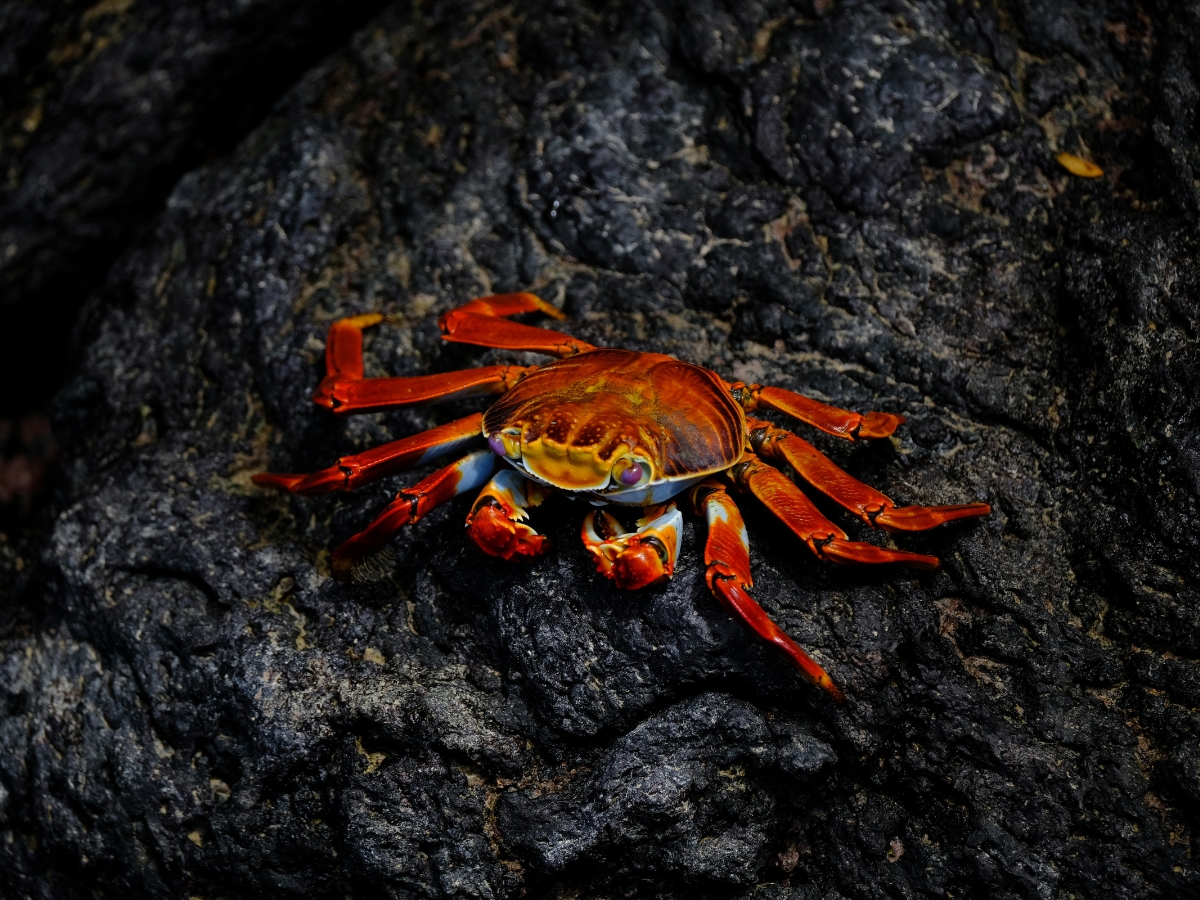
Types of Crabs Found in Texas Coastal Waters
Texas coastal waters, stretching from the Gulf Coast to bays and estuaries, are home to various crab species. Each species has unique characteristics and plays a vital role in the ecosystem. Here are some of the most common types of crabs found in Texas coastal waters:
- Blue Crab (Callinectes sapidus):
- The most abundant and popular crab in Texas waters.
- Recognizable by its bright blue claws and olive-green shell.
- They are a key species in the Gulf Coast’s commercial and recreational fishing industries.
- Stone Crab (Menippe mercenaria):
- They are known for their large, meaty claws, which are a delicacy.
- Stone crabs are harvested for their claws, but the body is usually returned to the water as they can regenerate lost limbs.
- Fiddler Crab (Uca spp.):
- Small crabs are famous for their sexually dimorphic claws; males have one oversized claw.
- It is commonly found in intertidal zones, mudflats, and marshes.
- It is essential in aerating soil and as a food source for many birds and fish.
- Hermit Crab (Various species):
- It’s not an actual crab but a crustacean that uses empty shells for protection.
- It is common in shallow waters and often in tide pools and coastal areas.
- Ghost Crab (Ocypode quadrata):
- Pale-colored crabs are known for their speed and ability to blend with the sandy beaches.
- Primarily nocturnal and found burrowing near the shorelines.
- Horseshoe Crab (Limulus polyphemus):
- Though named a crab, they are more closely related to spiders and scorpions.
- Ancient species with a hard carapace and a long, pointed tail.
- Important for ecological and biomedical research.
- Speckled Crab (Arenaeus cribrarius):
- Recognizable by their speckled appearance and round, flattened carapace.
- Typically found in sandy or muddy bottoms in offshore waters.
Each of these crab species contributes to the rich biodiversity of the Texas coast and is integral to both the ecological balance and the local fishing industries. They also represent an important part of the regional cuisine, with several species being highly sought after for their culinary value.
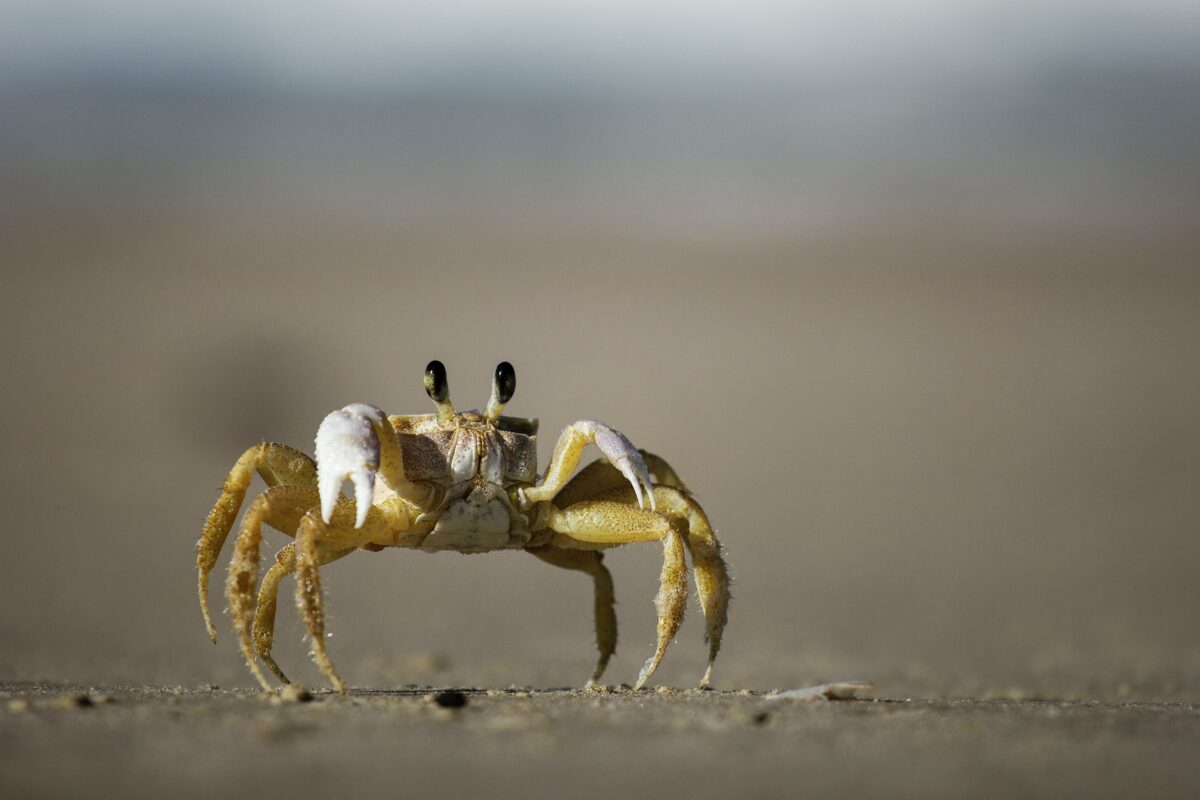
Best Type of Crab Trap
There are different ways to catch crabs, depending on how many you want. However, spending a ton of money on equipment isn’t necessary.
One great way to catch crabs is to use a dip net. It’s the easiest because all you need to do is wade into the water and scoop up the crabs in the net when you see them. Another way is to use a fishing line, or if you want a bunch of crabs, use a crab trap.
Best Crab Bait
These are commonly considered the top three best baits for crabs:
- Fresh fish, typically of a species from where you’ll be crabbing, is the top choice. Because fish is oily meat, its scent travels farther through the water, attracting more crabs;
- Chicken, particularly the neck, because it’s easy to tie onto crab lines and also because it’s a cheap bait that crabs love and
- Similar to fish, Razor clams put a strong scent in the water that attracts crabs and, like chicken, are easy to use.
Kind of Line Used for a Crab Trap
If you decide on a crab trap, you’ll need some string to pull it from the water. Some fishing lines will work, or you can use paracord.
Cotton string also works; whatever you use doesn’t have to be too durable, as crabs don’t pull very hard. Your crab line should be fifty to one hundred feet long to reach far enough.
Tips for Catching Crabs
Catching crabs can be an enjoyable and rewarding activity, especially along the Texas coast where crabbing is a popular pastime. Here are some tips to enhance your crab-catching experience:
- Choosing the Right Location:
- Crabs are commonly found in estuaries, tidal pools, and coastal bays. Look for areas with some shelter, like jetties, piers, or mangroves.
- Sandy or muddy bottoms near seagrass beds are also good spots.
- Selecting the Right Bait:
- Raw chicken necks, fish heads, or oily fish like mackerel are excellent baits. Crabs are attracted to the scent.
- Some crabbers also use bacon, turkey necks, or even canned cat food.
- Using Crab Traps or Nets:
- For traps, wire cages or box traps are effective. Chicken wire can be used to DIY a simple yet effective crab trap.
- Bait bags or boxes inside the trap help to secure the bait and attract crabs.
- Timing Your Crabbing:
- Crabs are often more active during the early morning or late afternoon, especially during high tide.
- Crabbing after a rainstorm can also be productive as fresh organic matter washes into the water.
- Setting Up Your Trap:
- Place the bait securely in the trap. If you’re using a net, tie the bait to the center.
- Lower the trap or net into the water and wait. Check periodically, but give crabs enough time to gather.
- Safety and Legal Compliance:
- Always check local regulations regarding crab size, limits, and any specific area restrictions.
- Wear gloves when handling crabs to avoid pinches.
- Handling Your Catch:
- Once you catch a crab, handle it carefully by the back legs or from behind to avoid the claws.
- Store your catch in a cool, wet environment. A bucket with wet seaweed or damp cloth works well.
- Ethical Considerations:
- Release undersized crabs and female crabs with eggs (sponge crabs) to promote sustainability.
- Environment Care:
- Ensure you leave the crabbing area as you found it, without litter or bait remnants.
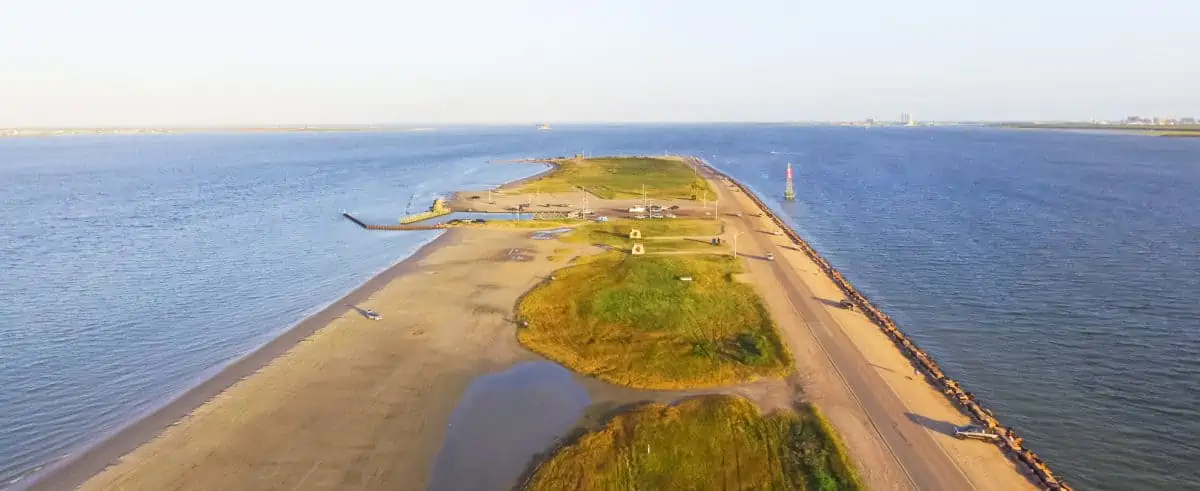
Storing Crabs You’ve Caught
Keep a cooler to place your crabs after you’ve caught them. Keeping your crabs fresh is vital so that they don’t die.
Once a crab dies, it’s unsafe. Dead crabs are dangerous for humans to ingest.
Depending on how many crabs you plan to catch and eat, plan on two to three crabs per individual. With that said, a forty-five-quart cooler can hold two dozen crabs. A sixty quart can contain three dozen, so adjust your size accordingly.
How to Cook a Crab
Cooking crab can be a delightful culinary experience, and there are several methods to prepare it. Here’s a basic guide on how to cook a crab:
Ingredients
- Fresh crabs (alive and active, if possible)
- Large pot of water
- Salt (sea salt preferred)
- Optional seasonings (like bay leaves, lemon, garlic, or herbs)
Steps
- Prepare the Crab:
- If you’re using live crabs, place them in the freezer for about 15-20 minutes before cooking. This makes them dormant and is a humane way to prepare them for cooking.
- Boil the Water:
- Fill a large pot with enough water to cover the crabs. Add a generous amount of salt (about 1 tablespoon per quart of water). You can also add seasonings like bay leaves, lemon slices, garlic, or fresh herbs for extra flavor.
- Bring the water to a vigorous boil.
- Cook the Crab:
- Carefully place the crabs into the boiling water. If the crabs are large, you might need to cook them one at a time.
- Once the water returns to a boil, reduce the heat to maintain a steady boil.
- Cook the crabs for about 15-20 minutes, depending on their size. Crabs are done when they turn a bright orange color and the meat is opaque and tender.
- Cool and Clean the Crab:
- Remove the crabs from the water with tongs and place them in a colander or on a tray to cool.
- Once cooled enough to handle, clean the crab by removing the shell, gills, and internal organs. Rinse under cold water to remove any remaining bits.
- Serve:
- Crabs can be served whole or broken into sections. Serve them with melted butter, lemon wedges, and your favorite dipping sauces.
Additional Tips
- Size Matters: Larger crabs will take longer to cook than smaller ones.
- Freshness: Fresh crabs taste best. If they’re pre-cooked, you just need to heat them through, which takes about 4-5 minutes.
- Safety: Always handle live crabs with care, using tongs or gloves.
- Alternate Cooking Methods: Crabs can also be steamed, grilled, or baked, depending on your preference.
- Sustainability: Choose crabs from sustainable sources to support healthy ocean ecosystems.
Enjoy your meal! Cooking crab at home can be a rewarding experience, offering a fresh and delicious seafood feast.
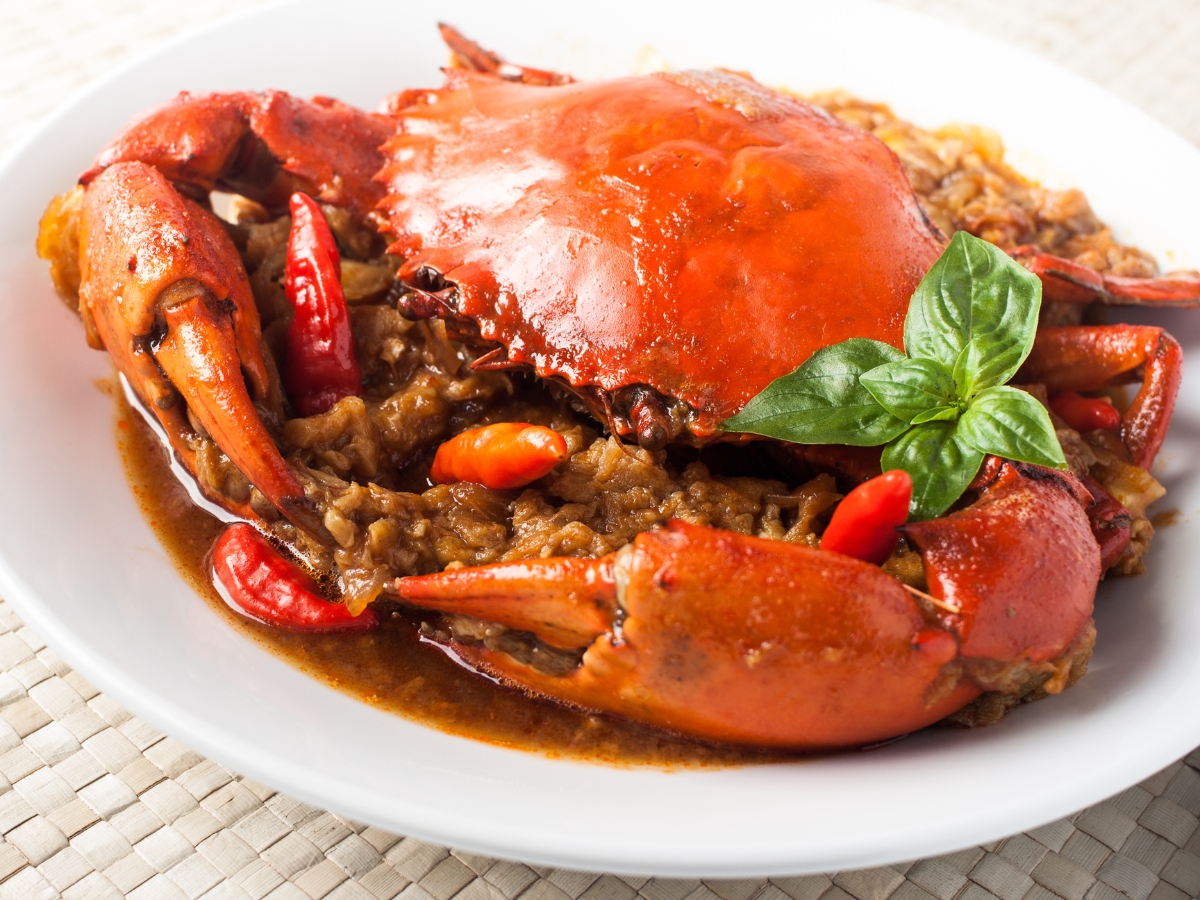
Regulations on Crabbing in Texas
Various Texan regulations on crabbing include:
- Having a license
- Equipment used
- Size requirements
- Possession regulations
- Age restrictions
Crab Limit in Texas
There is no limit to the number of crabs you can keep. However, any crab under five inches is illegal to possess. If an orange mass is present, that indicates that the crab is pregnant and carrying eggs.
So, pregnant females and young crabs are illegal to keep. However, any other crab five inches or more is perfectly acceptable.
Crabbing License in Texas Cost
Depending on whether you’re out-of-state or fishing in saltwater, you’ll need at least one of the following licenses:
- Non-Resident Commercial Crab Fisherman License, $2,520
- Saltwater Package, $12-63
- Resident Commercial Crab Fisherman License, $630
What Type of Crabbing License Do I Need?
If you’re crabbing in Texas from out of state, you’ll need a non-resident license. However, this is the most expensive of Texas’ crabbing licenses and can be an immense financial setback.
Additionally, if you plan on fishing for blue crabs, they are only found in salt water, so you’ll also need a saltwater package.
Again, whether you live out of state or not determines the cost of the package. The resident package is $35, with a senior discount to residents sixty-five and older dropping the price to $12. However, a non-resident package is $63.
Crabbing Contact Details
To crab in Texas, it’s important to stay informed about the latest regulations, permits, and best practices. Below are some key contact details and resources:
- Texas Parks and Wildlife Department (TPWD)
- Website: TPWD – Fishing
- Contact for Fishing Regulations: (512) 389-4800
- For Licensing and Permits: TPWD Licenses
- Crabbing Regulations Page: TPWD – Crabbing Regulations
- Coastal Fisheries Division of TPWD
- Specific for Coastal Fishing and Crabbing Queries
- Contact: (512) 389-2011
- Email: [email protected]
- Local Bait and Tackle Shops
- Often have the most current information about local crabbing conditions and regulations.
- Example: Roy’s Bait and Tackle Outfitters in Corpus Christi
- Website: Roy’s Bait and Tackle
- Contact: (361) 992-2960
- Local Marinas and Fishing Piers
- They can provide insights on the best crabbing spots and local conditions.
- Example: Galveston Fishing Pier
- Website: Galveston Fishing Pier
- Contact: (409) 974-4726
- Online Forums and Social Media Groups
- Platforms like Texas Fishing Forum or local Facebook groups can be excellent resources for tips and real-time information.
- Texas Fishing Forum: www.texasfishingforum.com
Share the post "Crabbing in Texas (Places, Times and Regulations)"
Christian Linden is a seasoned writer and contributor at Texas View, specializing in topics that resonate with the Texan community. With over a decade of experience in journalism, Christian brings a wealth of knowledge in local politics, culture, and lifestyle. He holds a Bachelor's degree in Communications from the University of Texas. When he's not writing, Christian enjoys spending weekends traveling across Texas with his family, exploring everything from bustling cities to serene landscapes.











